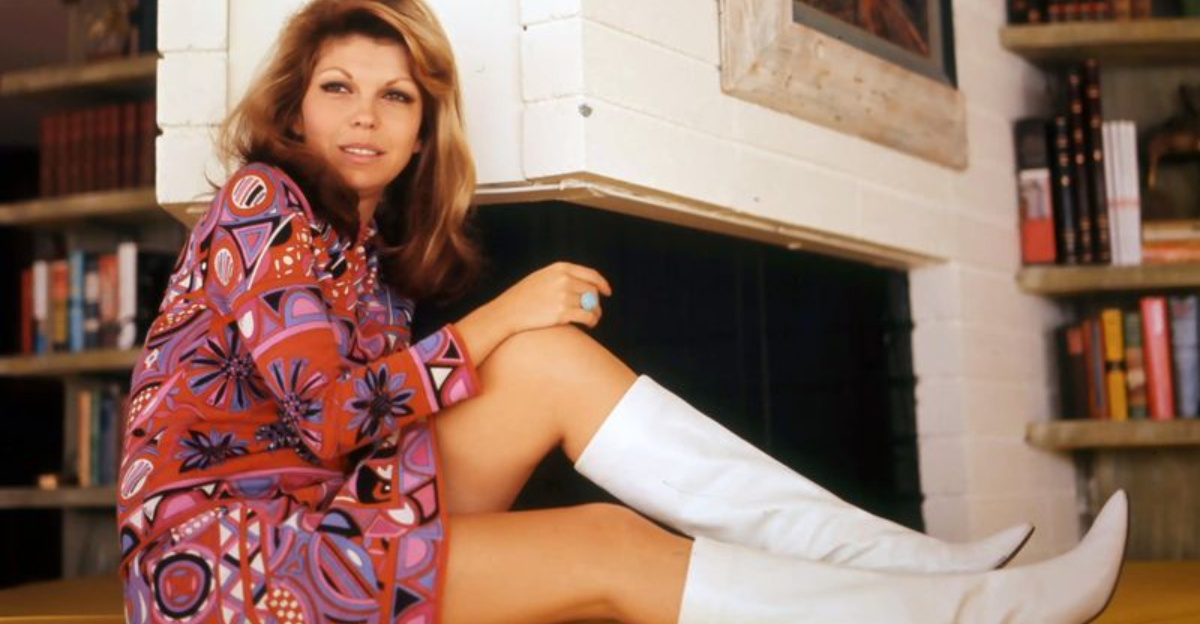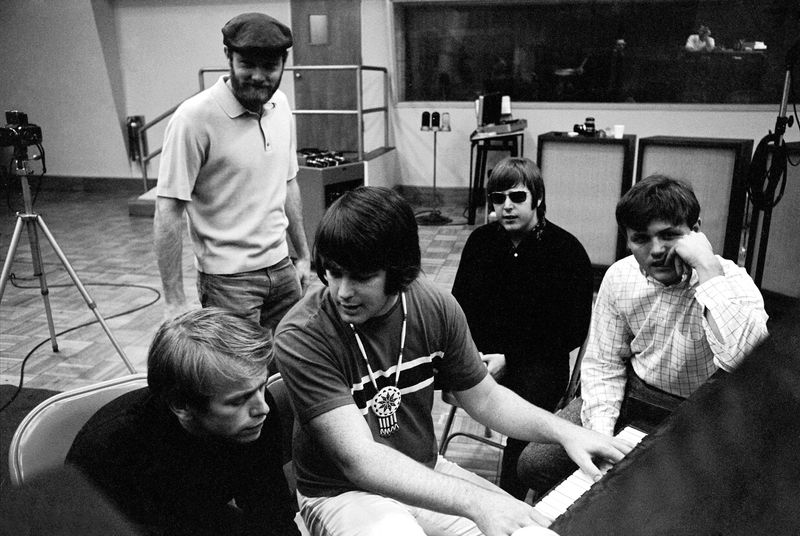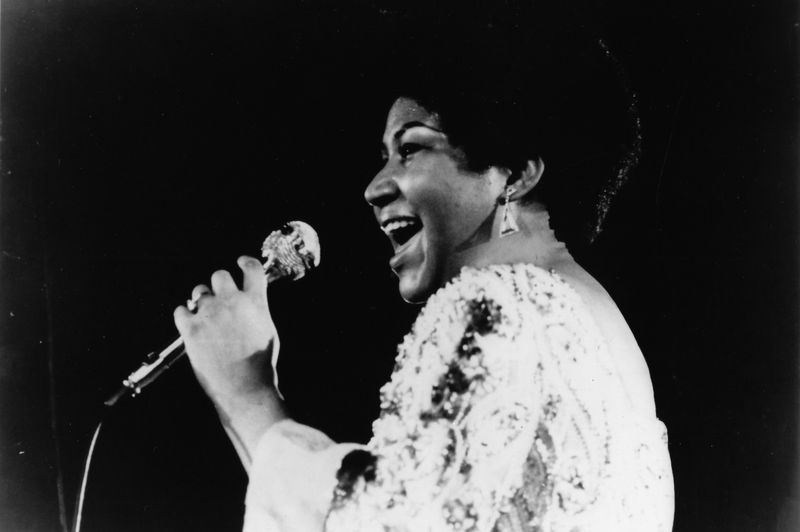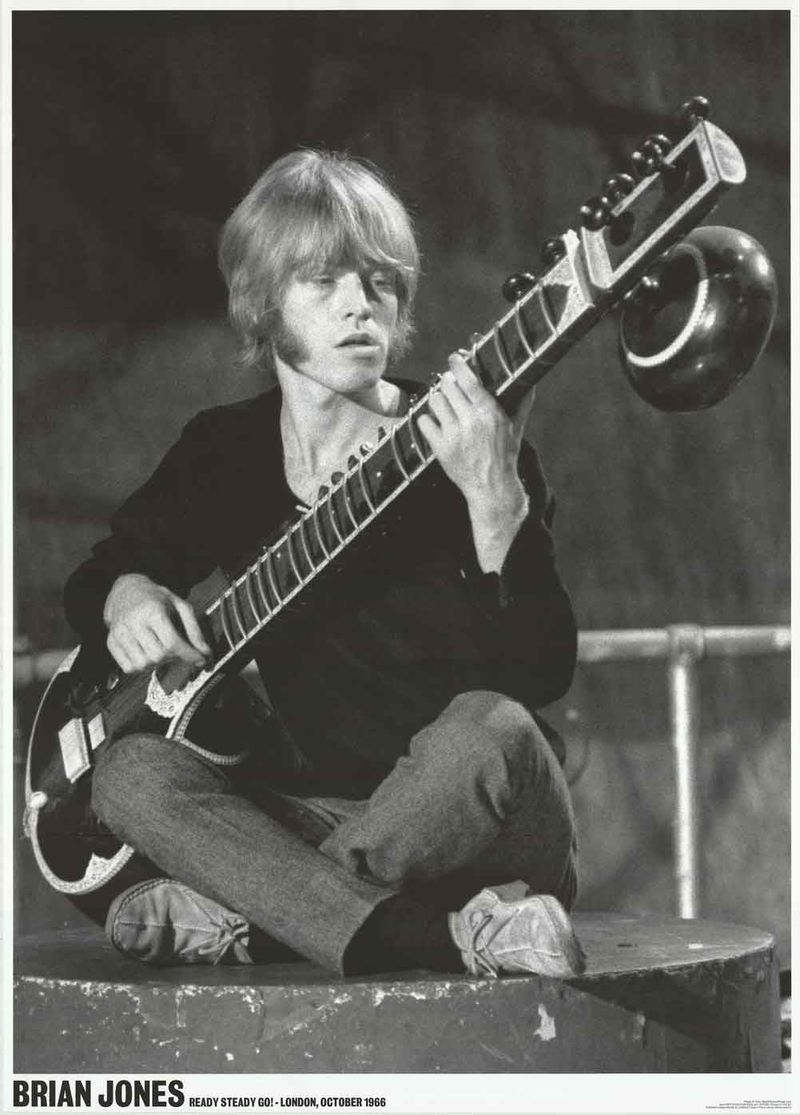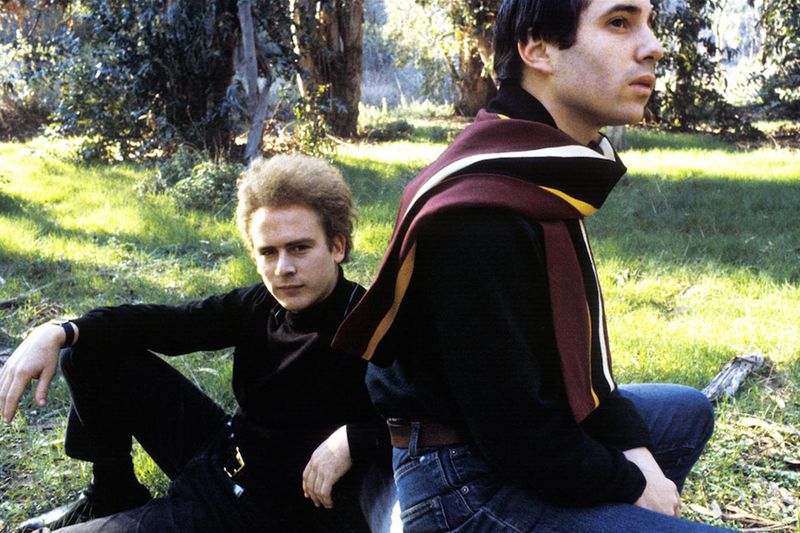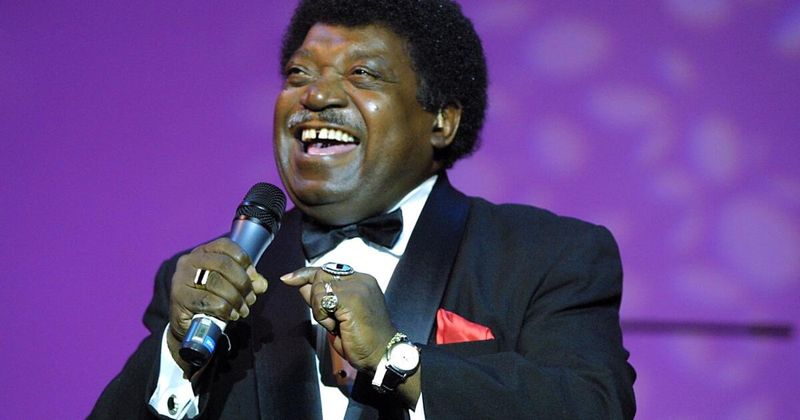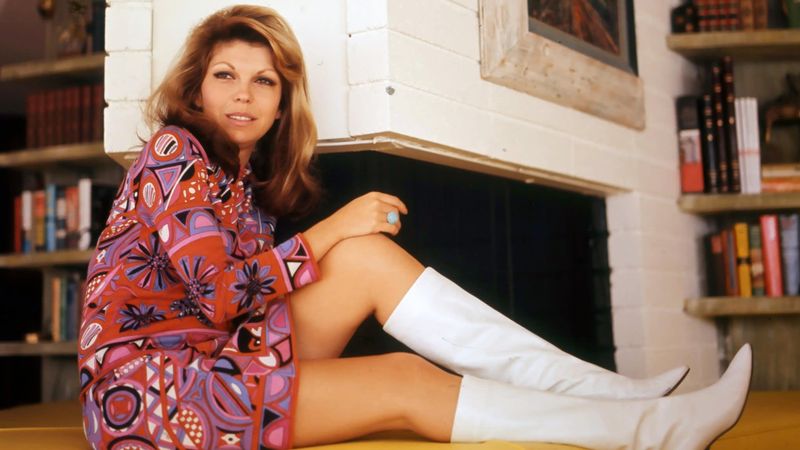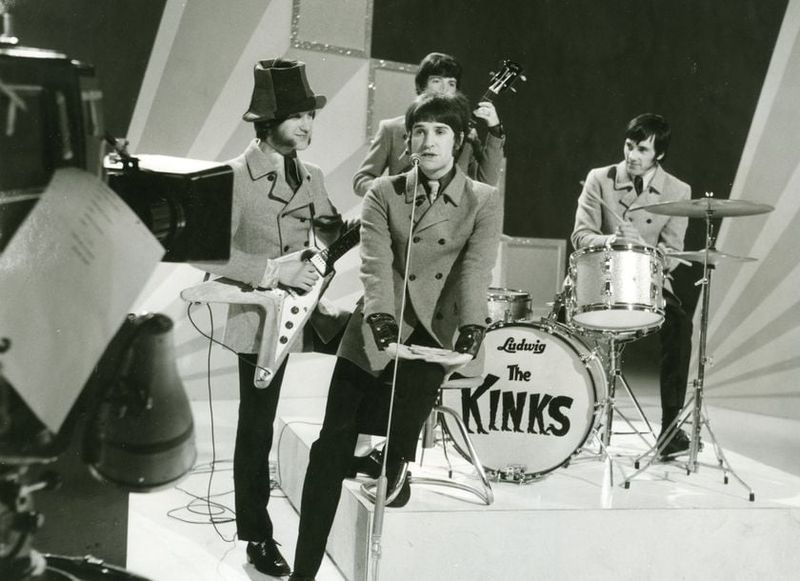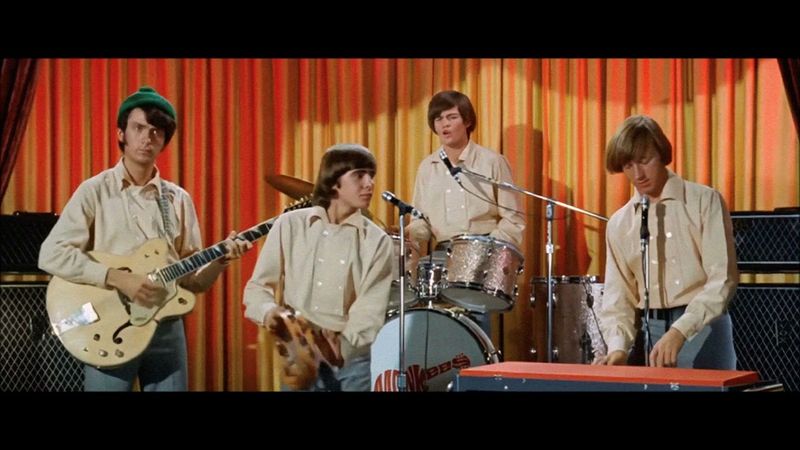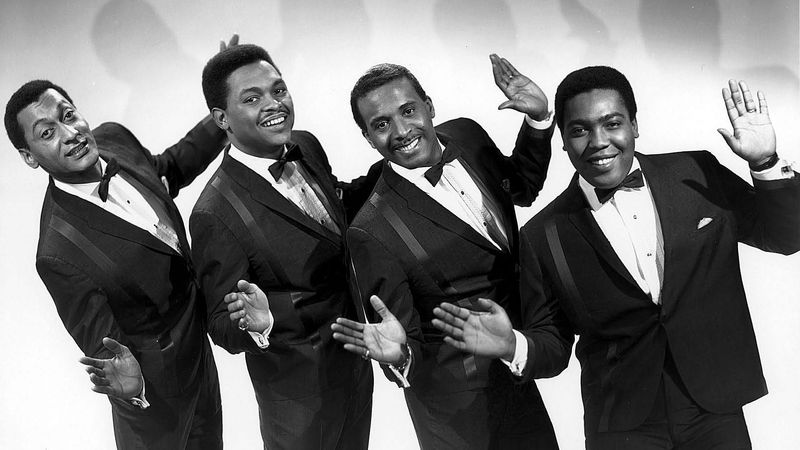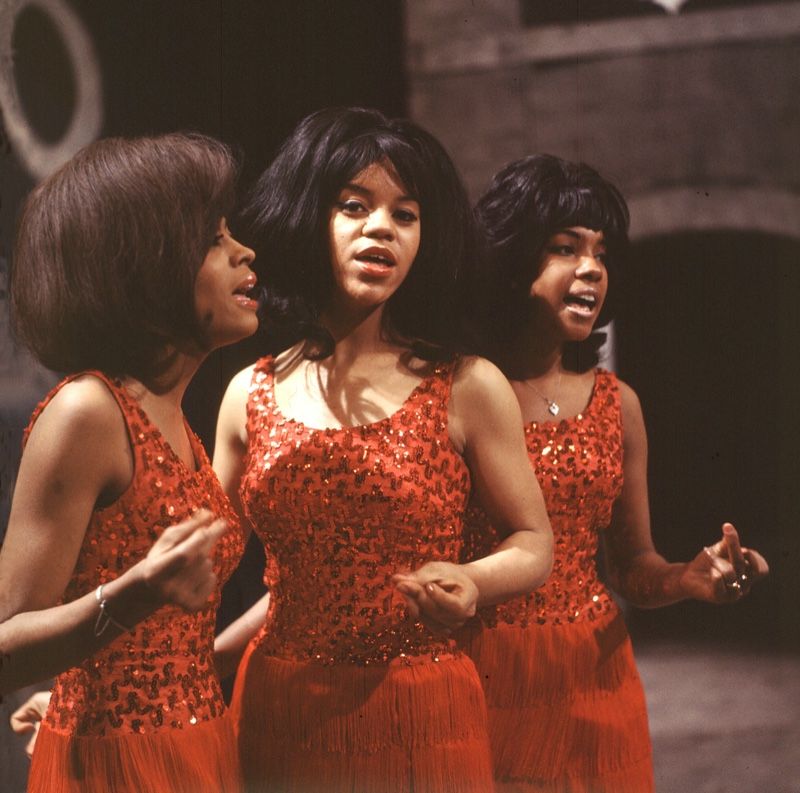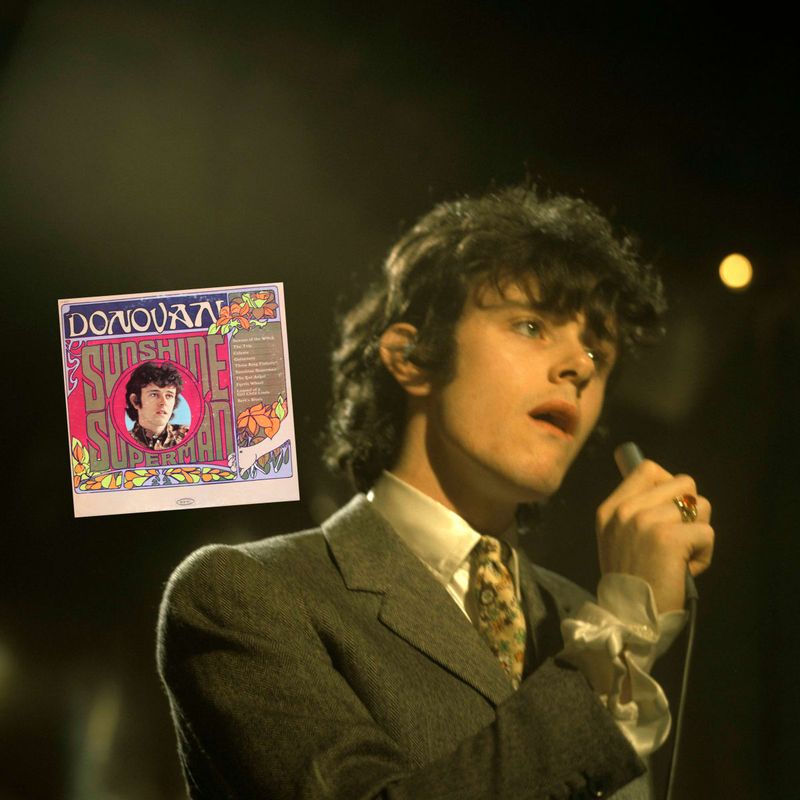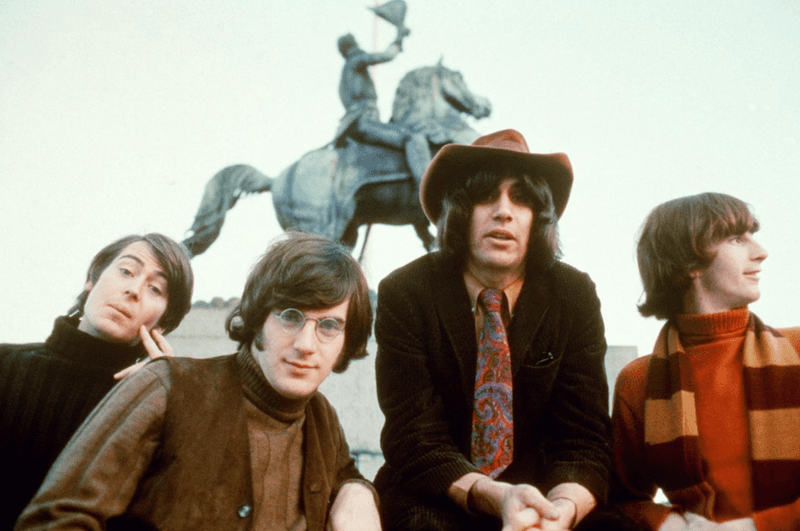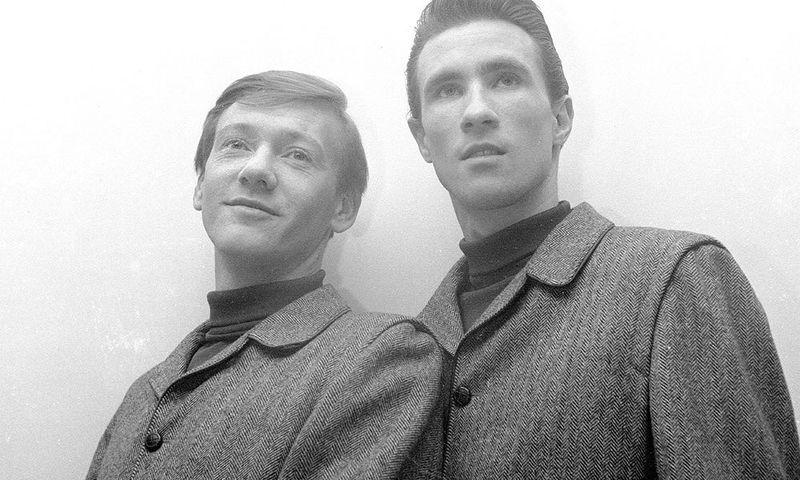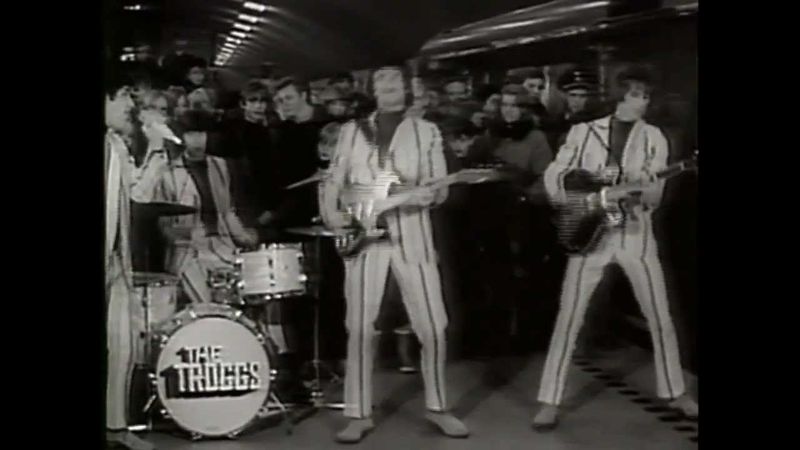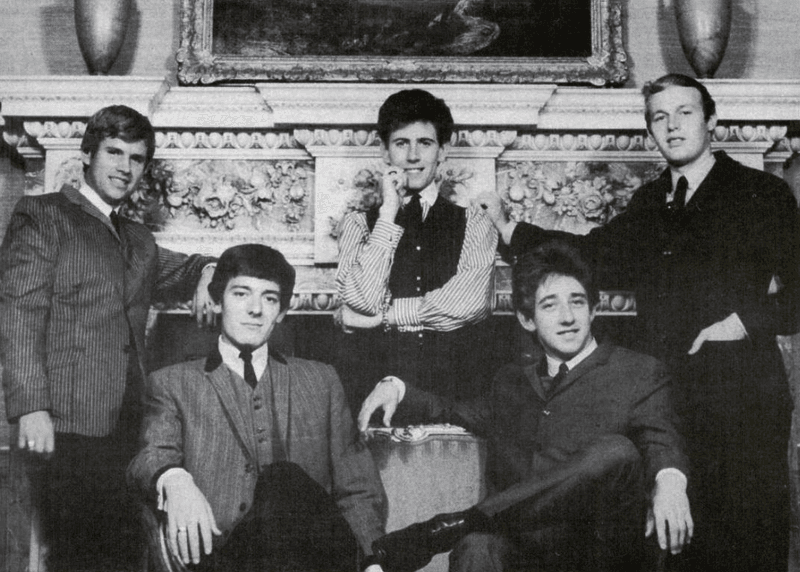The year 1966 stands as a musical goldmine that forever changed popular culture. During this magical moment, artists pushed boundaries with groundbreaking sounds spanning rock, soul, and psychedelia. These songs weren’t just hits—they became cultural touchstones that defined an era and continue to influence musicians today.
1. The Beatles – “Eleanor Rigby”
Paul McCartney’s haunting portrait of loneliness showcased The Beatles’ artistic evolution beyond love songs. The striking string arrangement and poignant lyrics about forgotten people created a masterpiece unlike anything on radio at the time.
The song reached #11 on American charts but left an impact far greater than its ranking suggests. Its innovative storytelling approach proved pop music could tackle serious themes while maintaining melodic brilliance.
2. The Beach Boys – “Good Vibrations”
Brian Wilson’s pocket symphony revolutionized studio recording techniques with its unprecedented six-month production process. The theremin-like electronic sounds, shifting musical movements, and angelic harmonies created a sonic experience that still sounds futuristic today.
Music critics consider it one of the most complex pop productions ever. Wilson’s perfectionism paid off—the song topped charts worldwide and remains their signature achievement beyond surf music.
3. Aretha Franklin – “Respect”
Aretha transformed Otis Redding’s plea into a powerful declaration of womanhood that transcended music to become a civil rights anthem. Her commanding vocals and the addition of the iconic “R-E-S-P-E-C-T” spelling section created an entirely new cultural touchstone.
The song’s demand for dignity resonated during turbulent social changes. Franklin’s sisters provided backup vocals, adding familial authenticity to this rallying cry that still energizes listeners fighting for equality decades later.
4. The Rolling Stones – “Paint It Black”
Mick Jagger’s mournful lyrics paired with Brian Jones’ haunting sitar created rock’s most captivating exploration of grief and depression. The driving rhythm section pulls listeners into a psychological darkness few pop songs dared explore in the mid-60s.
The song’s Eastern influences reflected growing cultural exchange between East and West. Its appearance in countless films and TV shows about Vietnam cemented its association with the era’s conflicts and turmoil.
5. Simon & Garfunkel – “The Sound of Silence”
Originally a folk acoustic track that flopped in 1964, producer Tom Wilson secretly added electric instruments and drums in 1966, transforming it into a #1 hit. Paul Simon’s poetic lyrics about alienation and communication breakdown captured the growing generational divide.
The duo didn’t even know about the remix until it was already climbing charts! This accidental masterpiece became their breakthrough, establishing their reputation for thoughtful social commentary wrapped in gorgeous harmonies.
6. The Mamas & the Papas – “California Dreamin'”
John Phillips wrote this folk-rock gem during a freezing New York winter while longing for the warmth of his former California home. The haunting flute solo and Michelle Phillips’ ethereal harmonies created the perfect soundtrack for the westward migration of youth culture.
The song’s nostalgic yearning reflected broader social movements toward freedom and exploration. Its wistful mood perfectly captured the bittersweet nature of longing that resonated with millions seeking their own paradise.
7. Percy Sledge – “When a Man Loves a Woman”
Sledge’s raw, emotional delivery transformed a simple ballad into soul music’s definitive statement on devotion. Legend claims he improvised the melody during a live performance before recording, channeling real heartbreak after his girlfriend left him for a modeling career.
The Muscle Shoals rhythm section provided the perfect restrained backdrop for his passionate vocals. As Percy’s first and biggest hit, this soul classic has soundtracked countless romantic moments and remains the gold standard for expressing unconditional love.
8. Nancy Sinatra – “These Boots Are Made for Walkin'”
Frank’s daughter stomped out of her father’s shadow with this feminist anthem of empowerment. The descending bass line and Nancy’s confident delivery created an unforgettable statement of independence that inspired women to stand up to mistreatment.
The song’s accompanying video featuring Nancy in go-go boots established a visual identity that defined 60s fashion. More than just a novelty hit, this Lee Hazlewood-penned track established Nancy as a legitimate artist and remains a timeless declaration of female strength.
9. The Kinks – “Sunny Afternoon”
Ray Davies’ sardonic tale of a once-wealthy playboy lamenting his tax troubles showcased the band’s quintessentially British wit. The harpsichord and music hall influences represented a dramatic shift from their earlier hard-rocking sound toward more sophisticated songwriting.
Davies wrote it during Britain’s economic downturn and high-taxation period. The song’s ironic juxtaposition of upbeat melody with downbeat lyrics created a template for countless British artists who would follow their lead in social commentary disguised as pop.
10. The Monkees – “I’m a Believer”
Written by Neil Diamond and performed by the made-for-TV band, this irresistible pop confection topped charts for seven weeks. Despite criticism as a manufactured group, The Monkees proved their musical legitimacy with perfect harmonies and genuine enthusiasm.
The song’s infectious optimism captured the youthful spirit of the era. Its enduring popularity across generations proves that sometimes pure musical joy transcends questions of authenticity, making it one of the most recognizable songs of the decade.
11. The Four Tops – “Reach Out I’ll Be There”
Levi Stubbs delivered one of Motown’s most passionate vocal performances on this Holland-Dozier-Holland masterpiece. The dramatic production featuring flutes, thumping bass, and thundering percussion created an urgency that perfectly matched the emotional rescue mission described in the lyrics.
Berry Gordy called it the Motown national anthem for good reason. The song’s promise of unwavering support during life’s darkest moments continues to offer comfort and inspiration to listeners facing their own struggles.
12. The Supremes – “You Can’t Hurry Love”
Diana Ross delivered motherly wisdom about patience in romance over one of Motown’s most recognizable basslines. The Holland-Dozier-Holland production team created the perfect showcase for The Supremes’ sophisticated glamour and Ross’s distinctive vocal style.
The song’s universal message about not rushing into love connected across generations. Its influence extended far beyond the 60s when Phil Collins took his cover version to #1 in 1982, introducing the classic to a new audience.
13. Donovan – “Sunshine Superman”
Scottish troubadour Donovan blended folk, jazz, and psychedelia to create this groundbreaking hit that helped define the emerging flower power movement. The unusual combination of harpsichord, electric guitar, and congas created a distinctive sound that bridged multiple musical worlds.
Lyrically, it combined medieval imagery with contemporary drug references. This pioneering psychedelic pop song reached #1 in America, establishing Donovan internationally and influencing countless artists exploring the boundaries between folk traditions and experimental sounds.
14. The Lovin’ Spoonful – “Summer in the City”
John Sebastian’s urban heat wave anthem captured the gritty reality of New York summers with innovative sound effects of car horns and jackhammers. The dramatic contrast between the verses’ depiction of daytime discomfort and the chorus’s celebration of nighttime relief created a mini-movie in music.
The song’s distinctive organ break and hard-driving rock sound represented a departure from their earlier folk-rock style. Its vivid sensory descriptions still transport listeners to sweltering city streets where “the back of my neck getting dirty and gritty.”
15. The Righteous Brothers – “(You’re My) Soul and Inspiration”
After leaving Phil Spector, the blue-eyed soul duo recreated his Wall of Sound with producer Bill Medley for this passionate declaration of devotion. Bobby Hatfield’s soaring tenor provided the perfect counterpoint to Medley’s rich baritone in their trademark vocal interplay.
The dramatic orchestration and emotional intensity maintained their reputation for heartfelt balladry. Despite being considered a follow-up to “You’ve Lost That Lovin’ Feeling,” this #1 hit proved they could succeed without Spector’s guidance while delivering the romantic grandeur fans expected.
16. The Troggs – “Wild Thing”
Three chords, suggestive lyrics, and an ocarina solo created one of rock’s most primitive and enduring anthems. Lead singer Reg Presley’s unpolished delivery perfectly matched the raw sexuality and caveman simplicity that made this garage rock classic so influential.
Recorded in just one take with minimal production, the song’s primal energy established a template for punk rock a decade later. Its cultural impact extended from Jimi Hendrix’s flaming guitar performance at Monterey Pop to Major League Baseball’s use as a pitcher entrance theme.
17. The Hollies – “Bus Stop”
Graham Nash’s gorgeous harmonies elevated this charming tale of romance blooming under a shared umbrella during rainy commutes. The acoustic guitar introduction and narrative songwriting approach showcased British pop craftsmanship at its finest.
Written by future 10cc member Graham Gouldman, the song’s relatable storyline captured the magic of finding connection in everyday moments. Its quintessentially English setting and weather references created a vivid mini-movie that transported listeners to rainy Manchester mornings where unexpected love awaits.
